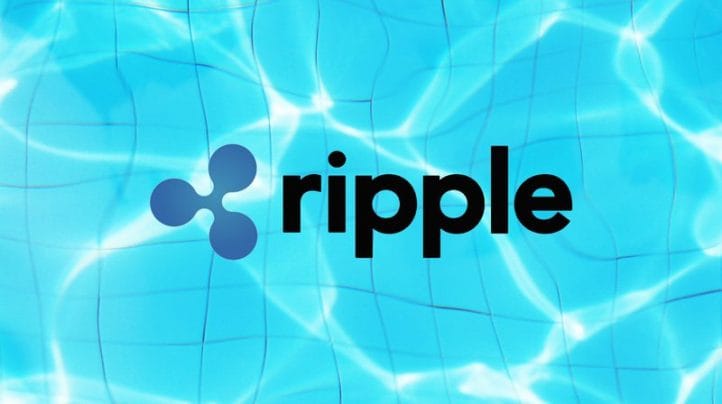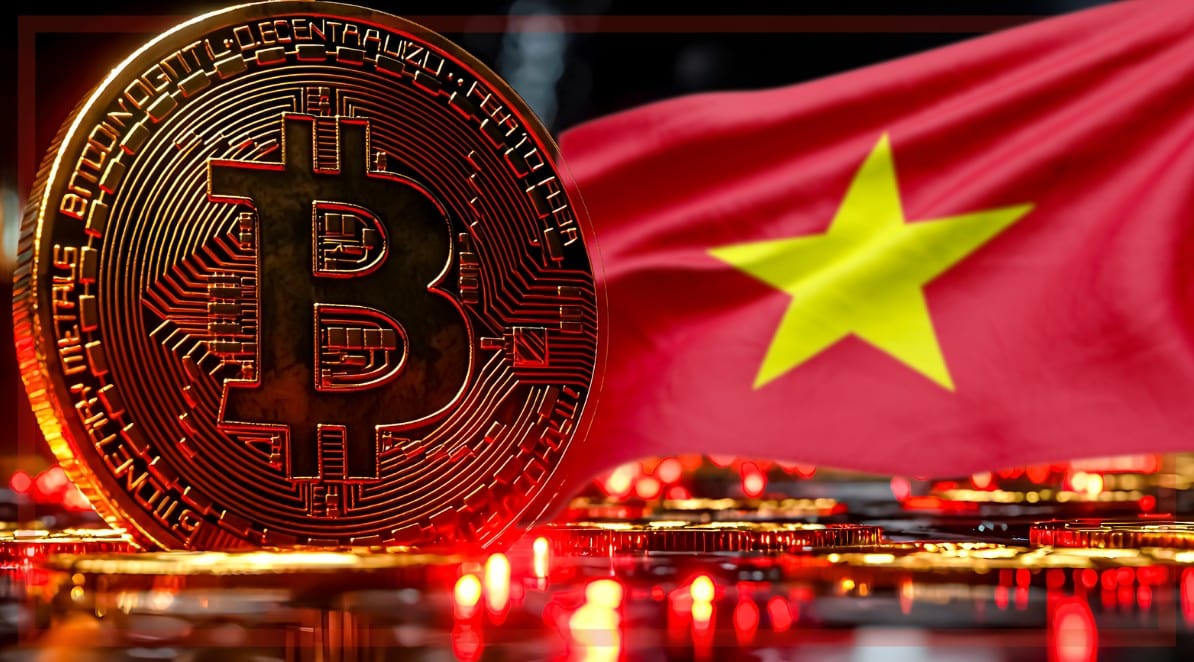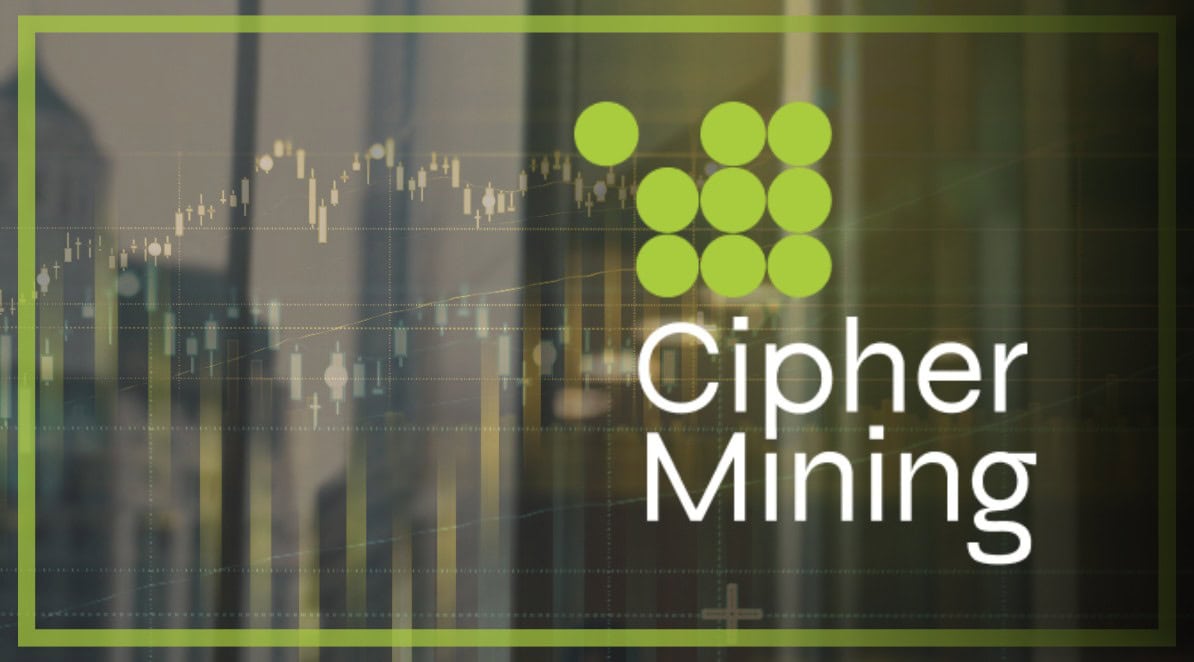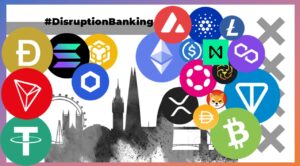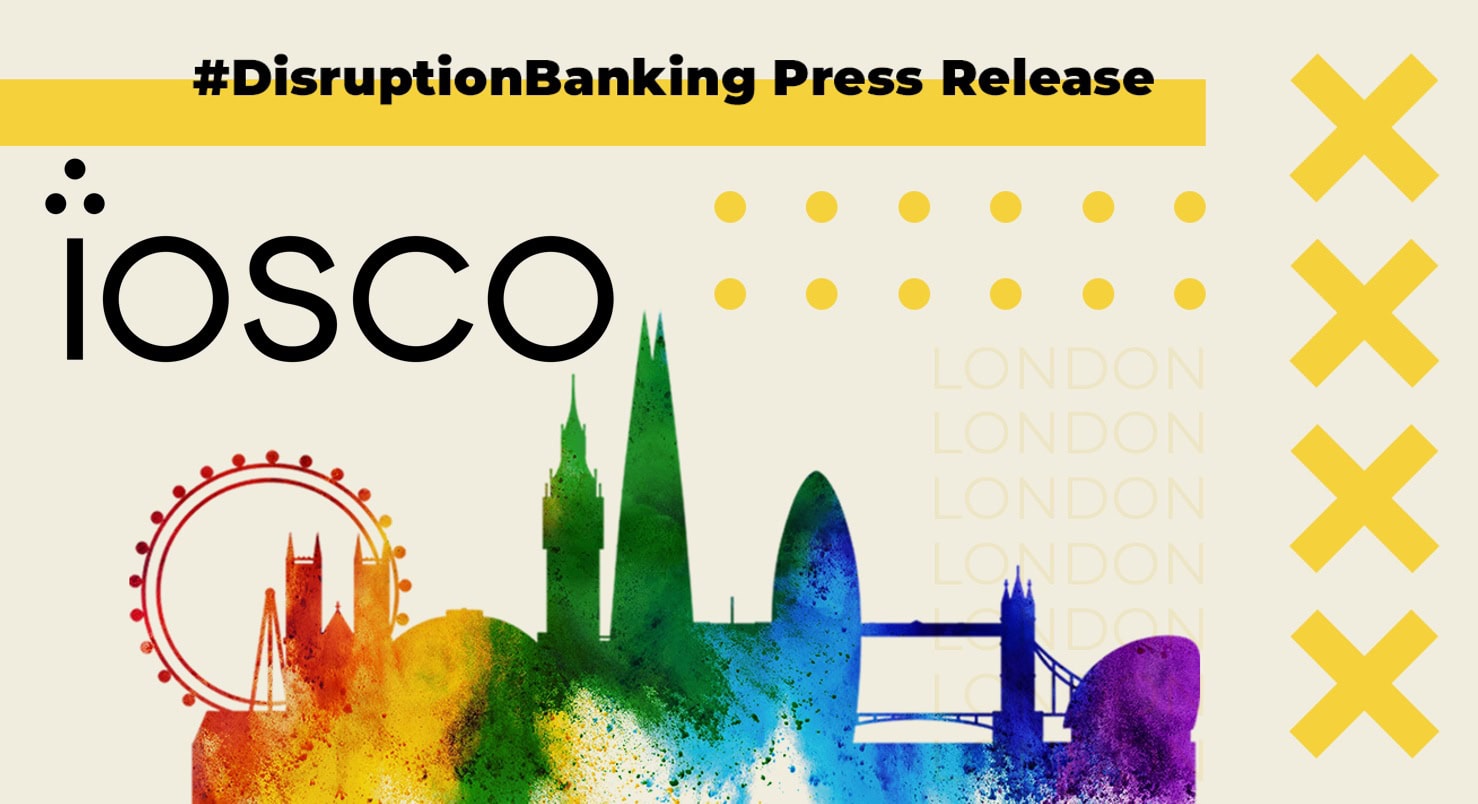In 2025, Ripple Labs has evolved from its origins as a cross-border payments / crypto company into a hybrid firm deeply embedded in traditional finance. After shelling out nearly $4 billion in acquisitions, while also pursuing a banking charter, the enlarged firm is moving in on Wall Street’s turf.
Meanwhile, Wall Street is flirting more and more with crypto. In October, a consortium of seven global investment banks, Goldman Sachs and Citigroup among them, announced plans to develop their own stablecoin. JP Morgan announced their own in June.
A Bridge between Crypto & TradFi
At the breakneck pace that Ripple has moved with acquisitions, the question arises: what do they see that others don’t? During the Biden Administration, investment banks and big players in trad-fi were hesitant to involve themselves in crypto. Amidst the current favorable regulatory environment, that has changed.
Ripple, for their part, released their own stablecoin, RLUSD in December of 2024. Since then, the firm has gone on to expand its reach in several directions, positioning itself to be the vital infrastructure that bridges crypto and traditional finance.
But Ripple has moved with speed and confidence that Wall Street has not. In the past year, JP Morgan’s CEO Jamie Dimon has said he is open to acquisitions, but not seeking them out. A similar pattern can be observed by other big banks.
However, while Wall Street is flatfooted in regards to their embrace of crypto, the lines between the two have only blurred in the calendar year.
To that effect, Ripple CEO, Brad Garlinghouse, recently told CNBC:
“I want to see Ripple invest in [the] future and get ahead of where that market’s going. The assets we have been buying have been on the traditional finance side, so we can bring crypto-enabled solutions to that traditional financial world.”
A quick run down: In April, Ripple acquired Prime Brokerage firm Hidden Road. In August, stablecoin payments platform Rail joined the roster. In October, the treasury management software firm GTreasury came on board. In early November, Ripple bought custody and crypto-wallet technology firm Palisade.
A Prime Broker and a Shaker
On Tuesday November 12, Ripple put out a press release detailing a $500 million investment led by Citadel Securities and Brevan Howard, valuing the company at $40 billion. While detailing the overall growth of the company, the release focuses on Ripple’s stablecoin, RLUSD, and Ripple Prime, the rebrand of Hidden Road.
In Garlinghouse’s words: “This investment reflects both Ripple’s incredible momentum, and further validation of the market opportunity we’re aggressively pursuing by some of the most trusted financial institutions in the world.”
Garlinghouse seems to be saying out loud what any casual observer can see. Ripple is making waves, pursuing a major market opportunity to bridge crypto and trad-fi, while the big banks are toying with maybe starting their own stablecoin.
Ripple’s stated goal for many years was to facilitate cross-border payments and compete with SWIFT. Now, with the addition of Ripple Prime, Ripple has become something more.
A prime broker functions as a central point of contact between trading firms and financial markets. Trading, settlement, clearing and custody all fall under a prime broker’s purview. Most of the world’s largest investment banks, JP Morgan, Goldman Sachs, Morgan Stanley, and UBS, among them, are all prime brokers.
Now, Ripple is as well. However, Ripple Prime functions a bit differently from its competitors. It still offers the same services for traditional finance markets, but also offers them for crypto. The selling point is that switching between the two is frictionless.
RLUSD is used as a settlement and collateral medium. XRP can be used for speed.
What’s in Store For XRP?
While Ripple’s press release highlighted many of the company’s achievements and its skyward growth, it made little mention of XRP. While XRP is still needed as “gas” for transactions on the XRP Ledger (XRPL), it’s unclear how essential it is to Ripple’s integration into traditional finance as compared to RLUSD.
However, speaking to a different audience on X, Garlinghouse recently said: “As we continue to build solutions towards enabling an Internet of Value, I’m reminding you all that XRP sits at the center of everything Ripple does. Lock in.”
Lock in? The language in Garlinghouse’s post, released just as the deal for Ripple Prime was sealed, is notably different from the press release. “Lock in” sounds a bit, at least to this lowly writer, like the words of a hype man pumping crypto, as opposed to a CEO making equity deals with Citadel.
As explored in a previous Disruption Banking article, there’s reason to be skeptical of XRP’s utility and price going forward. Certainly it has helped give Ripple the capital to buy up several companies.
But what now? Lock in? If you count that as advice from a trusted source, compare it with this passage from the press release:
“The decision to accept $500 million in new common equity reflects the strategic value of deepening relationships with financial partners whose expertise complements Ripple’s expanding global suite of products.”
Clearly, Ripple is on a path to integrate crypto with Wall Street before Wall Street figures out how to integrate with crypto. Ripple will probably be the winner and own the infrastructure that others use. It will be interesting to see how traditional finance, as well as retail investors in XRP, adjust.
Author: Tim Tolka, Senior Reporter
#Crypto #Blockchain #DigitalAssets #DeFi #XRP #Ripple #Tradfi
The editorial team at #DisruptionBanking has taken all precautions to ensure that no persons or organizations have been adversely affected or offered any sort of financial advice in this article. This article is most definitely not financial advice.
See Also:
Is There a 2030 Roadmap for XRP? | Disruption Banking
How XRP Became a Leading Cryptocurrency | Disruption Banking


